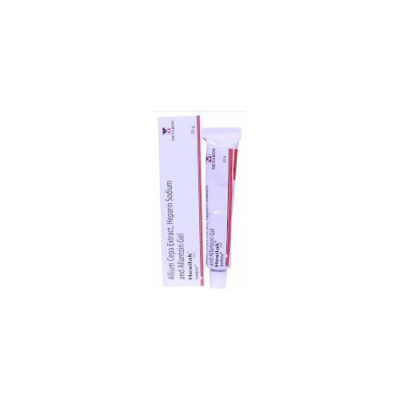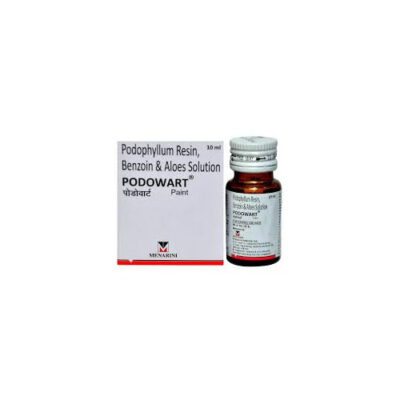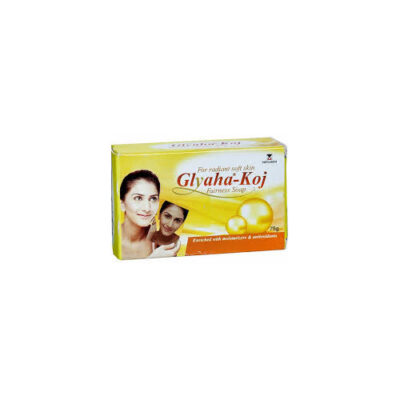Description
INTRODUCTION ABOUT PULMOSMART 200 INHALER
PULMOSMART 200 INHALER contains Budesonide and Formoterol, which belong to the group of medicines called Inhaled corticosteroids, long-acting beta-adrenergic agonists. PULMOSMART 200 INHALER is used in adults and children above 6 years for the regular management of asthma and moderate to severe Chronic Obstructive Pulmonary Disease (COPD) with frequent symptoms and a history of recurrent exacerbations.
Asthma is a respiratory disease in which airways get narrower, swell, and produce extra mucus. COPD is a chronic inflammatory disease of the lung that causes obstructed airflow from the lungs. Symptoms of these diseases include difficulty breathing, coughing, wheezing, sputum production etc.
Your doctor will regularly monitor the growth pattern of your child using PULMOSMART 200 INHALER. Before using this medicine, your doctor might advise you to perform certain respiratory tests to assess the severity of the respiratory disorders and flow in the lungs.
PULMOSMART 200 INHALER is not recommended to use if you are allergic to any of its ingredients. PULMOSMART 200 INHALER is generally not recommended to use during pregnancy or breastfeeding unless it is clearly necessary. Before using PULMOSMART 200 INHALER, inform your doctor if you have heart problems, increased blood pressure, fits, diabetes, thyroid problems, liver problems, osteoporosis (bone disease), immune system diseases, eye problems such as glaucoma (increased pressure inside eyes), cataracts (cloudy lens) and viral, bacterial, fungal, parasitic infections, exposed to measles or chickenpox, etc.
PULMOSMART 200 INHALER is not recommended for use by children below 6 years of age. The most common side effects of using PULMOSMART 200 INHALER in adults includes muscle pain, difficulty sleeping, palpitations, increased heart rate, increased levels of blood sugar, decreased levels of potassium etc. Consult your doctor if any of your symptoms get worse or persist.
USES OF PULMOSMART 200 INHALER
It is used in adults and children above 6 years for the management of
- asthma
- moderate to severe Chronic Obstructive Pulmonary Disease
HOW PULMOSMART 200 INHALER WORKS
PULMOSMART 200 INHALER contains Budesonide and Formoterol. Budesonide helps to decrease inflammation in the lungs whereas formoterol acts as a bronchodilator that helps the muscles around the airways in the lungs to relax. Together they help to ease breathing problems as well as manage symptoms such as wheezing, cough, chest tightness, and shortness of breath due to asthma and chronic obstructive pulmonary diseases.
DIRECTIONS FOR USE
Use PULMOSMART 200 INHALER exactly as advised by your doctor. It is for inhalational use only. Check the label carefully for directions before use. Your doctor will decide the correct dose and duration for you depending upon your age, body weight and severity of condition.
SIDE EFFECTS OF PULMOSMART 200 INHALER
COMMON
- muscle pain and cramps
- difficulty to sleep
- palpitations
- increased heart rate
- increased levels of blood sugar
- decrease in plasma levels of potassium
- rhinitis
- cough
- ear infection
- nausea, vomiting
- headache
- backpain
- nasopharyngitis
- sinusitis
- upper respiratory tract infections (sneezing, cold, nasal stiffness etc)
- dizziness
- dry mouth
- loose stools
- throat irritation
- hoarseness of voice
- stomach pain
- candidiasis (fungal infection)
- viral infections
- bleeding from nose
- gastroenteritis (inflammation of stomach and intestine)
- rashes
- conjunctivitis
UNCOMMON
- increased heartrate
- blurred vision
- cataract
- glaucoma (increased pressure in eyes)
- cramps in muscle
- nausea
RARE
- weakness
- rashes
- hives, urticaria
- dermatitis
- itching
- weight gain
- taste disturbances
- increased heart rate, atrial fibrillation (irregular, rapid heartbeat which leads to a blood clots in the heart)
- growth retardation in children
- decreased bone density
- adrenal suppression (adrenal gland fails to produce adequate hormones)
Stop using PULMOSMART 200 INHALER and contact your doctor if you experience any of the following
- depression
- changes in behaviour (mainly in children)
- retarded growth in children
- angina pectoris (pain or heaviness in the chest)
- variation in blood pressure
- airway constriction (paradoxical bronchospasm)
- ECG variation (prolonged QTc interval)
- worsening of fungal infection in your mouth or throat
- signs of pneumonia or other lung diseases such as, increase in sputum production, change in mucus colour, fever, chills, increased cough, and increased breathing problems
- signs of serious allergic reactions such as rashes, hives, swelling of the face, mouth, and tongue along with breathing problems
- signs of swelling of blood vessels in patients suffering from asthma such as feeling tingling or pricking sensation or numbness in your arms or legs, flu like symptoms, rashes, pain and swelling of the sinuses






Reviews
There are no reviews yet.